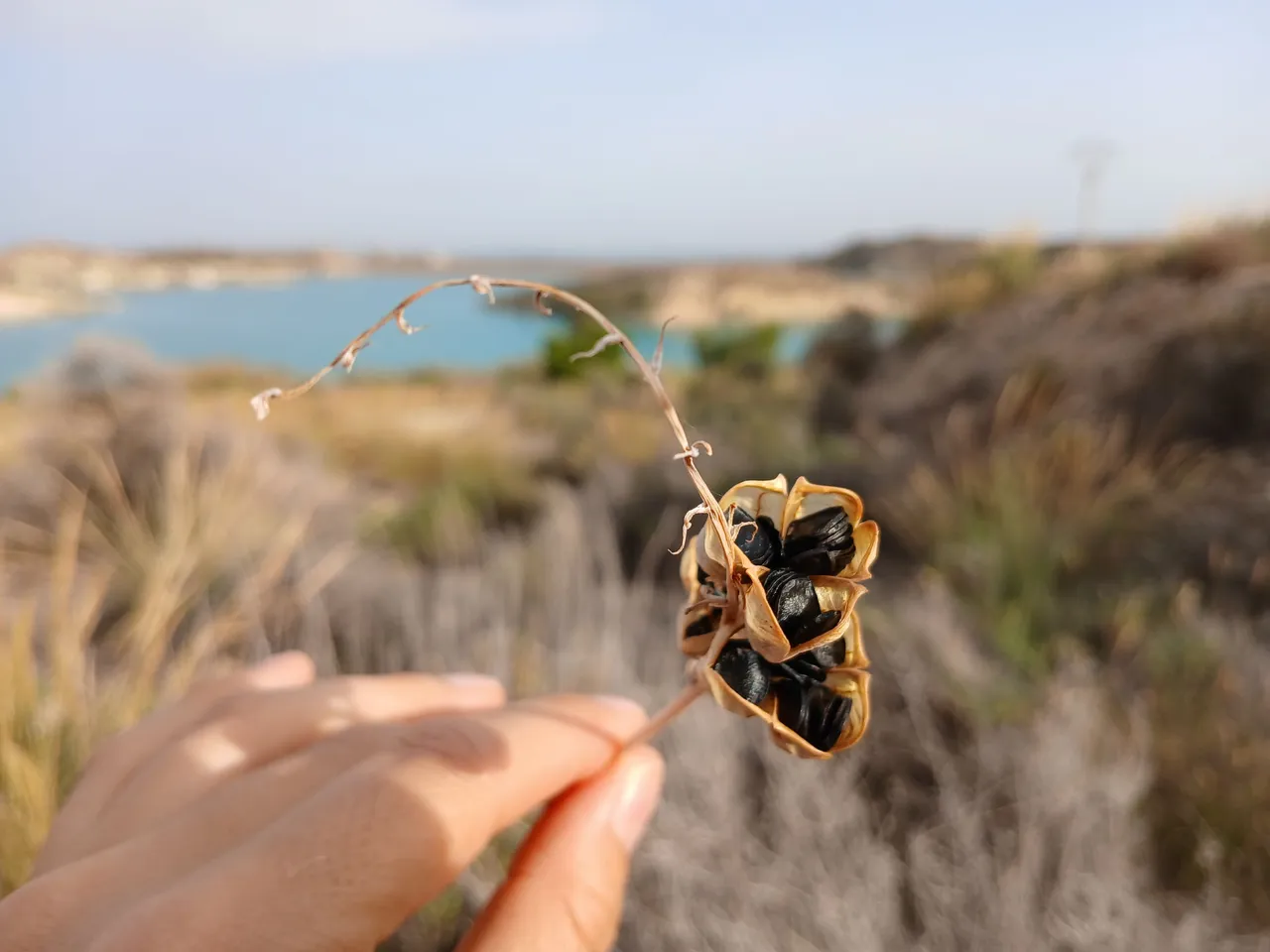
There are landscapes that can remind us of another planet. Not that we usually visit other planets and know how those look like 😂 but I don't know how to describe it differently... when I first saw this kind of geographical relief, about 12 years ago (we went to a town in the interior of Alicante, Busot), I had the feeling that we were driving on the surface of the moon, instead of the Earth's surface.
And then... it happens that I live very close to these landscapes now. Maybe the conclusion is that I moved from the Earth to another planet, and luckily, there I have a decent internet connection and can also access Hive. :)
That would be cool in any case, to connect with the world and especially with other Hivers from a distant planet, right? However, the truth is that these rocky formations stand here and probably change with time to some extent, with erosion, earthquakes and human presence since... hmmmm, since a long time ago. I searched for more information, and believe me, it is too confusing for me. 😬 I had some contact with geology in school, but it was a very long time ago, too. So, I had to find out by myself that this landscape that we can find in the province of Alicante forms part of the Betic Mountain Range. More precisely, the place I am showing in this post (around the water reservoir of Crevillente) belongs to the Subbetic Zone.
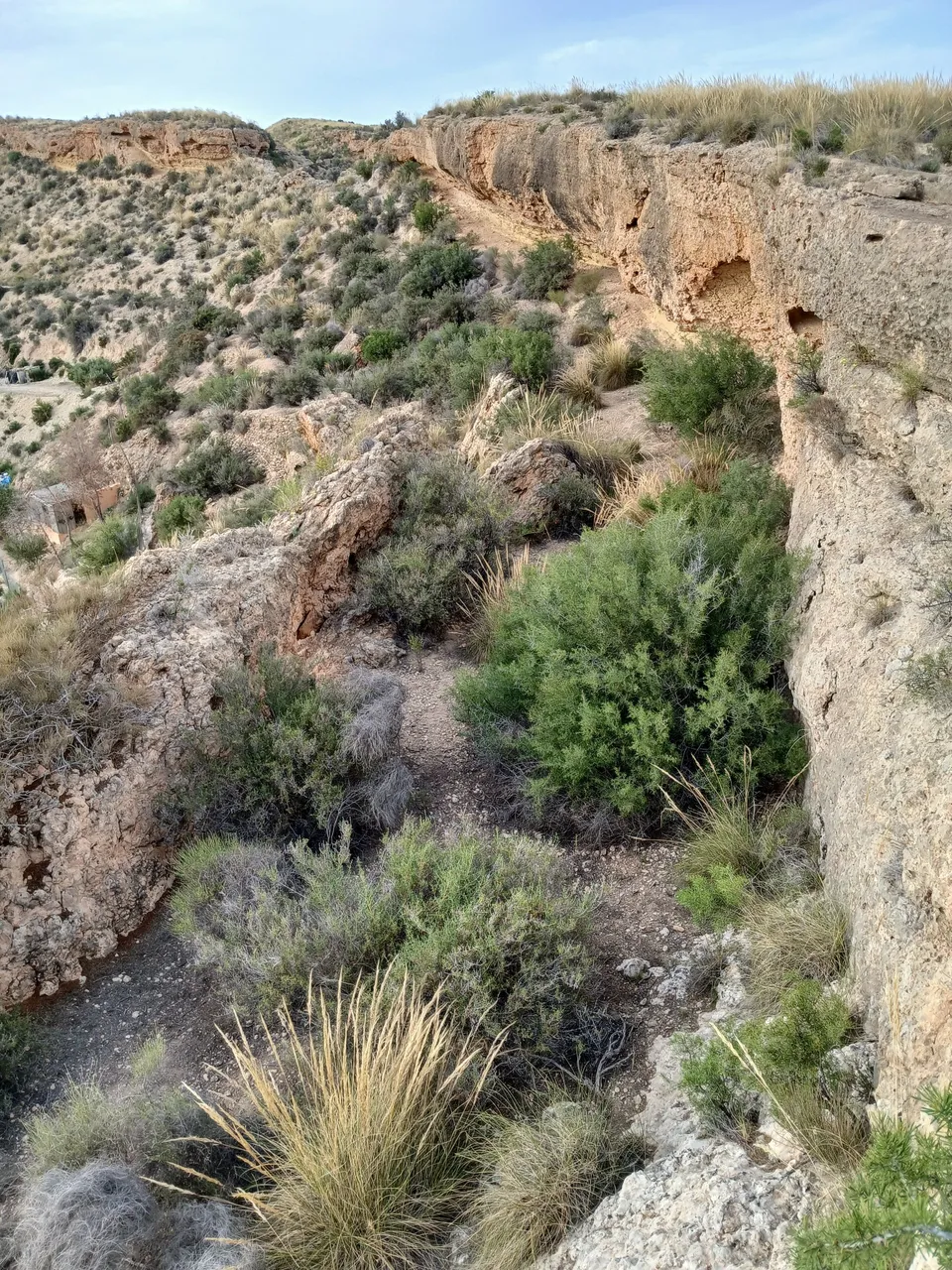
What does it mean? I downloaded and read a PDF document about the whole Betic Mountain Range, got dizzy with the terms, so quite justified, I am eating ice cream now to cool down my brain cells. 🍨 So, in the Geology of the province of Alicante, by Antonio Estévez, Juan Antonio Vera, Pedro Alfaro, José Miguel Andreu, José Enrique Tent-Manclús and Alfonso Yébenes, you can read:
...The Subbetic Zone comprises Mesozoic and Tertiary marine facies terrains that, beginning in the Middle Liassic, became paleogeographically distinct from the Prebetic, developing stratigraphic successions with distinct characteristics. The Triassic is represented by violet clays with abundant gypsum, similar to the Triassic of the Prebetic. The Jurassic is formed by dolomites in the oldest sections and limestones in the rest, which contain ammonite faunas at different levels. All of these materials were deposited in a deep pelagic bed (nodular limestone and wide stratigraphic lagoons)...
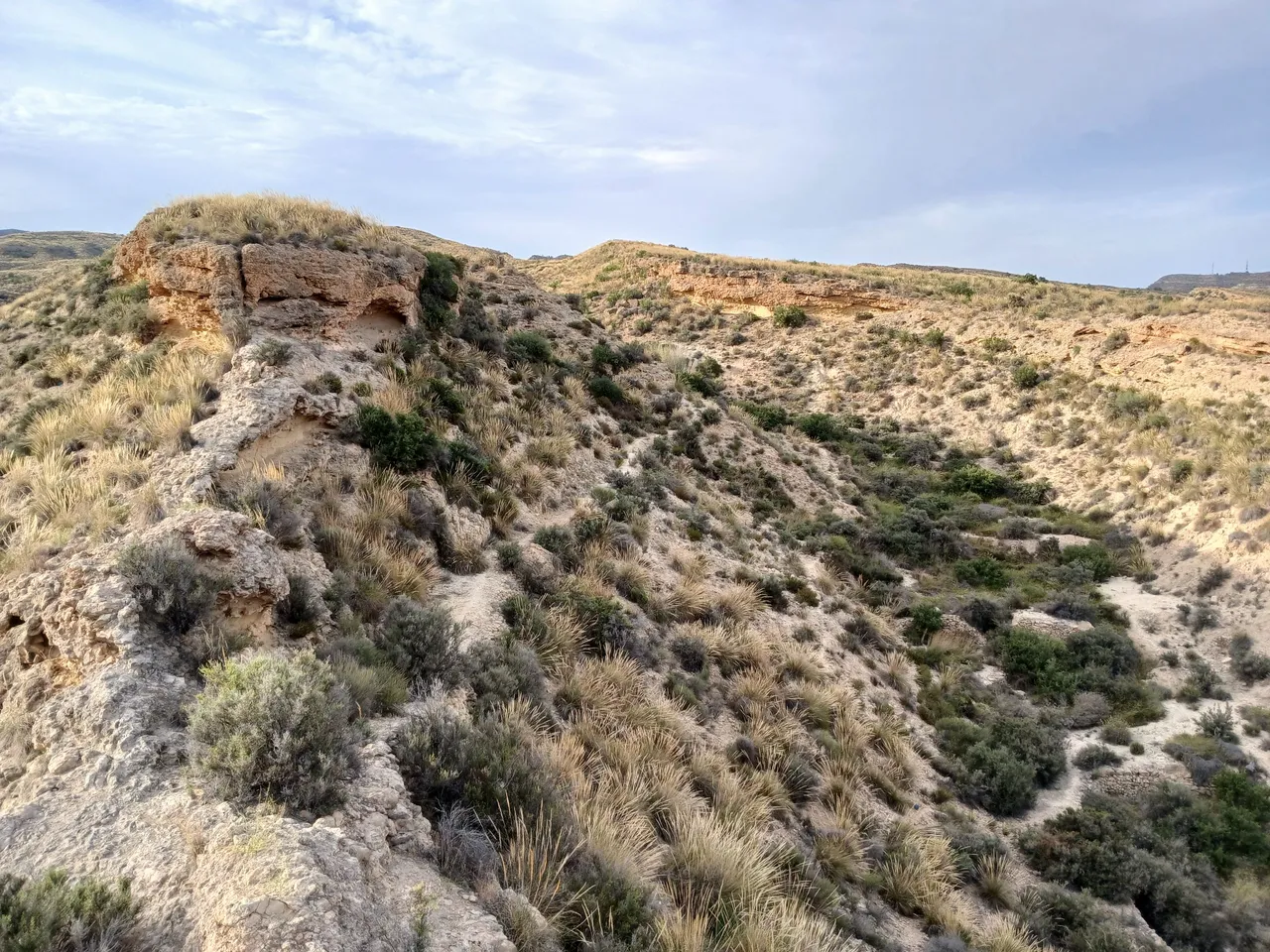
Did you understand anything? No worries if not, me neither; even though I consider myself an elephant, I am not a mammoth to remember when and how these mountains and hills were formed. And anyway, I can just talk about this place from my own experience.
I already know the part around the water reservoir of Crevillente well. You could also see it when I was "chased" by a big lizard, do you remember it? Well, a few days ago we went there again, I climbed one of the hills and had a better look over he whole area.
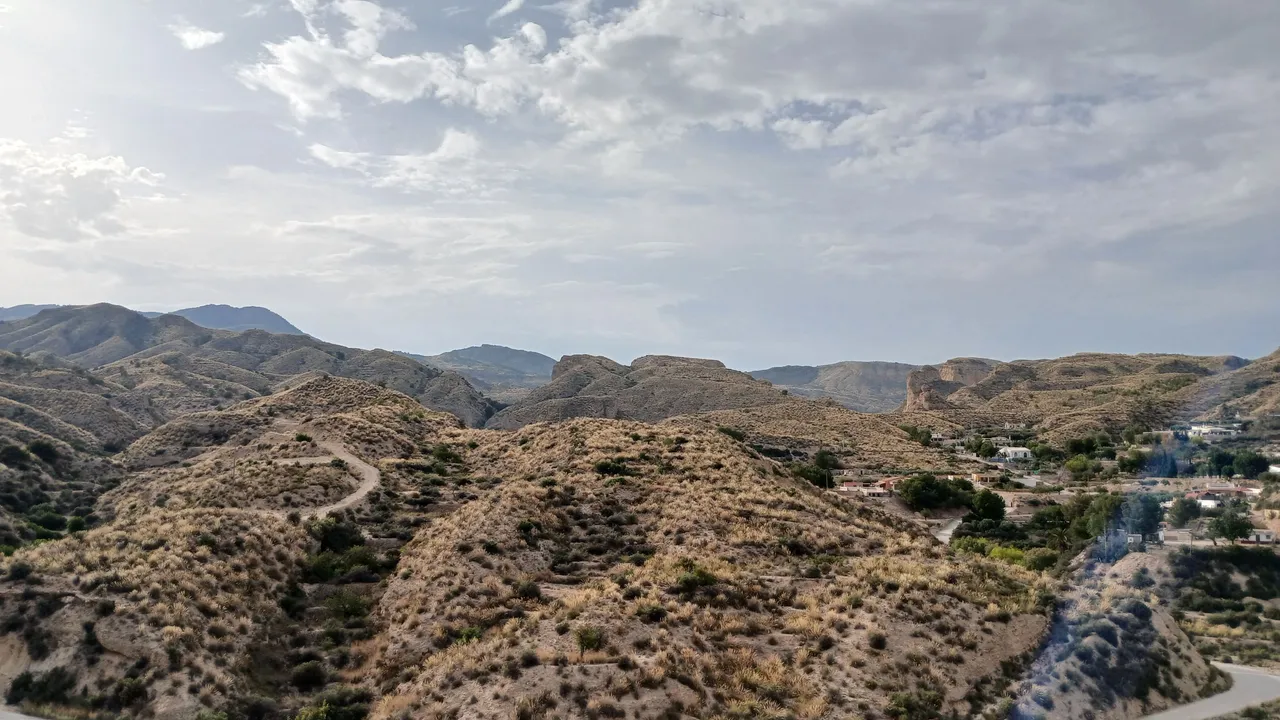
That is when I saw those soft and at the same time rough rocky formations, covered with smooth blankets of esparto and other little bushes. The vegetation is scarce, as I already said - the landscape looks like from another planet, but still, there is life. Water is there!!

And some trees find their way to grow, too.
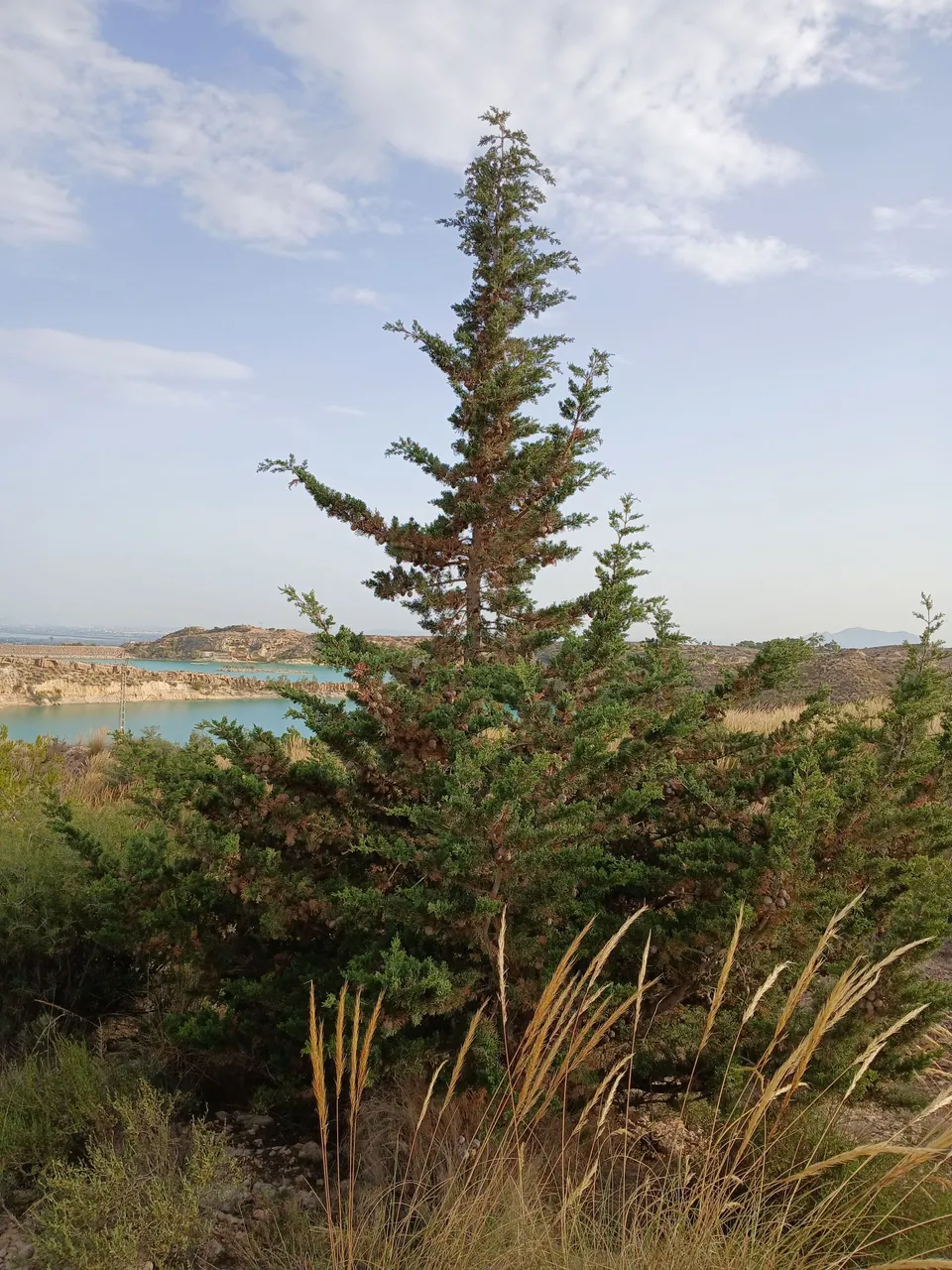
Surprise! Ducks (quite normal and from this world) appeared where my husband was fishing. No fish or duck came home with us that day, though, just some thoughts in my mind about how small and short-lived creatures we are... at least our bodies.
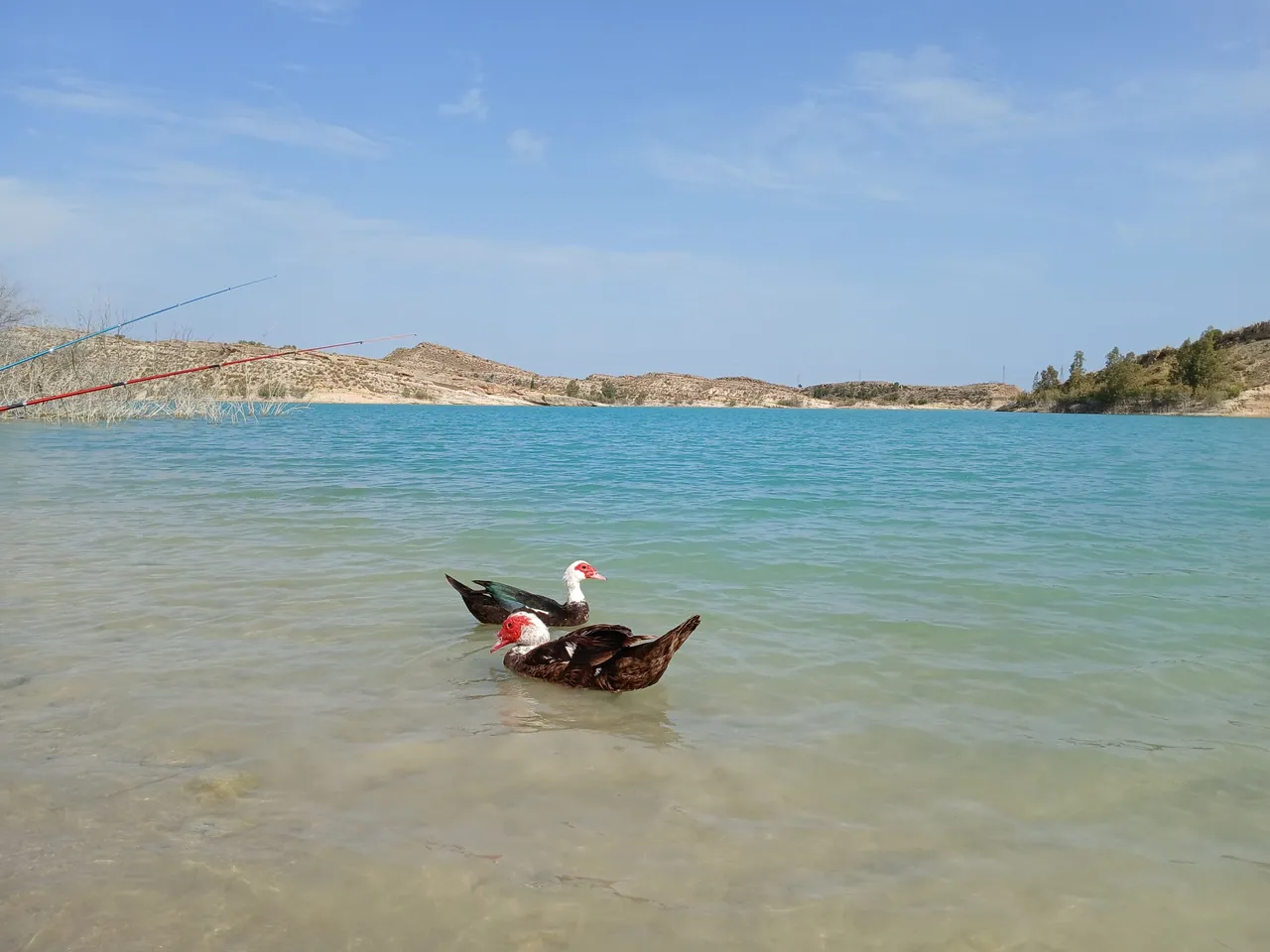
The landscape that has stood here for millions of years, changing and adapting but still preserving its essence, vegetation that can survive this heat and dry climate, leaving seeds for the next generation... Why am I thinking about these things now?
I was just amazed by the shapes nature gives us to see and feel under our feet. 😉
